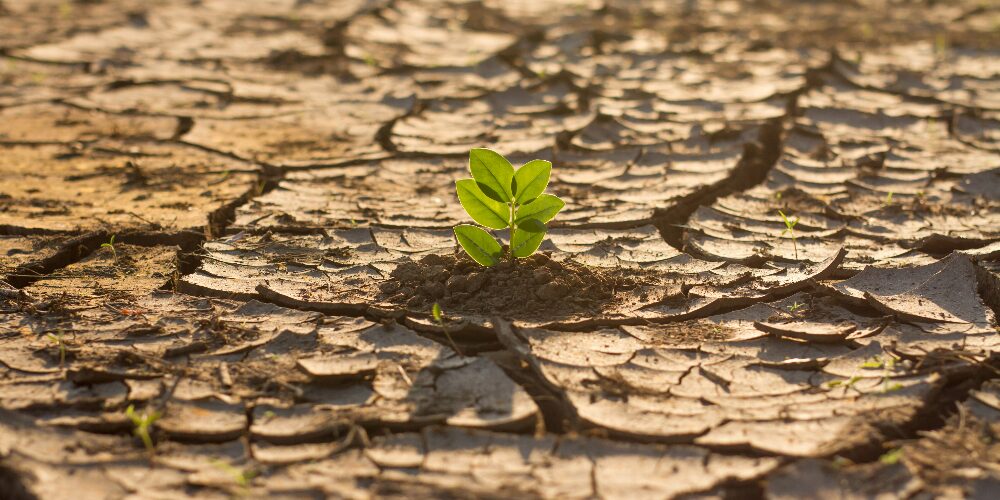Climate Change Pushes Food Prices Higher as “Climateflation” Hits Global Consumers
Climate change

Climate Change Pushes Food Prices Higher as “Climateflation” Hits Global Consumers
The impact of climate change on everyday life is becoming more evident as food prices around the world continue to climb, a trend now being described as “climateflation.” From droughts in Africa to heatwaves in Europe and floods in Asia, extreme weather events are disrupting agricultural production, pushing up costs and changing what ends up on people’s plates.
Experts warn that the situation is worsening, with farmers struggling to adapt to unpredictable weather patterns. In the United Kingdom, livestock farmers in Kent have reported that hay yields are down by almost 50% due to prolonged heatwaves and dry spells. This decline affects feed for animals, which in turn drives up the price of meat and dairy products. Similarly, vegetable and fruit farmers are facing heavy losses as crops wither or rot under harsh conditions.
The situation is no different across other regions. In India, the price of onions—a staple in most households—has surged following crop failures linked to unseasonal rains. In West Africa, cocoa farmers are battling rising temperatures and pests, putting pressure on the global chocolate market. Analysts predict that if these challenges continue, consumers could see higher prices and possible shortages in the coming months.
According to researchers, low-income families are the hardest hit. Many households are being forced to switch from fresh, nutritious foods to cheaper, processed alternatives, raising concerns about public health and food security. This shift in diet could worsen existing issues like malnutrition, obesity, and heart disease, creating long-term health risks.
Economists argue that unless the world takes urgent action to reduce greenhouse gas emissions, climateflation may become a permanent feature of the global economy. Governments are being urged to invest in sustainable farming methods, improve irrigation systems, and support farmers in adopting climate-smart techniques.
Food experts also emphasize the importance of consumer awareness. “It’s not just about higher prices; it’s about the survival of farming as we know it,” one UK agricultural analyst said. “Climateflation is showing us that the food system is fragile, and urgent adaptation is needed.”
With the rising costs already hitting markets and grocery stores worldwide, the question remains: how prepared is the world to handle the growing pressures of climate change on the food chain?






















